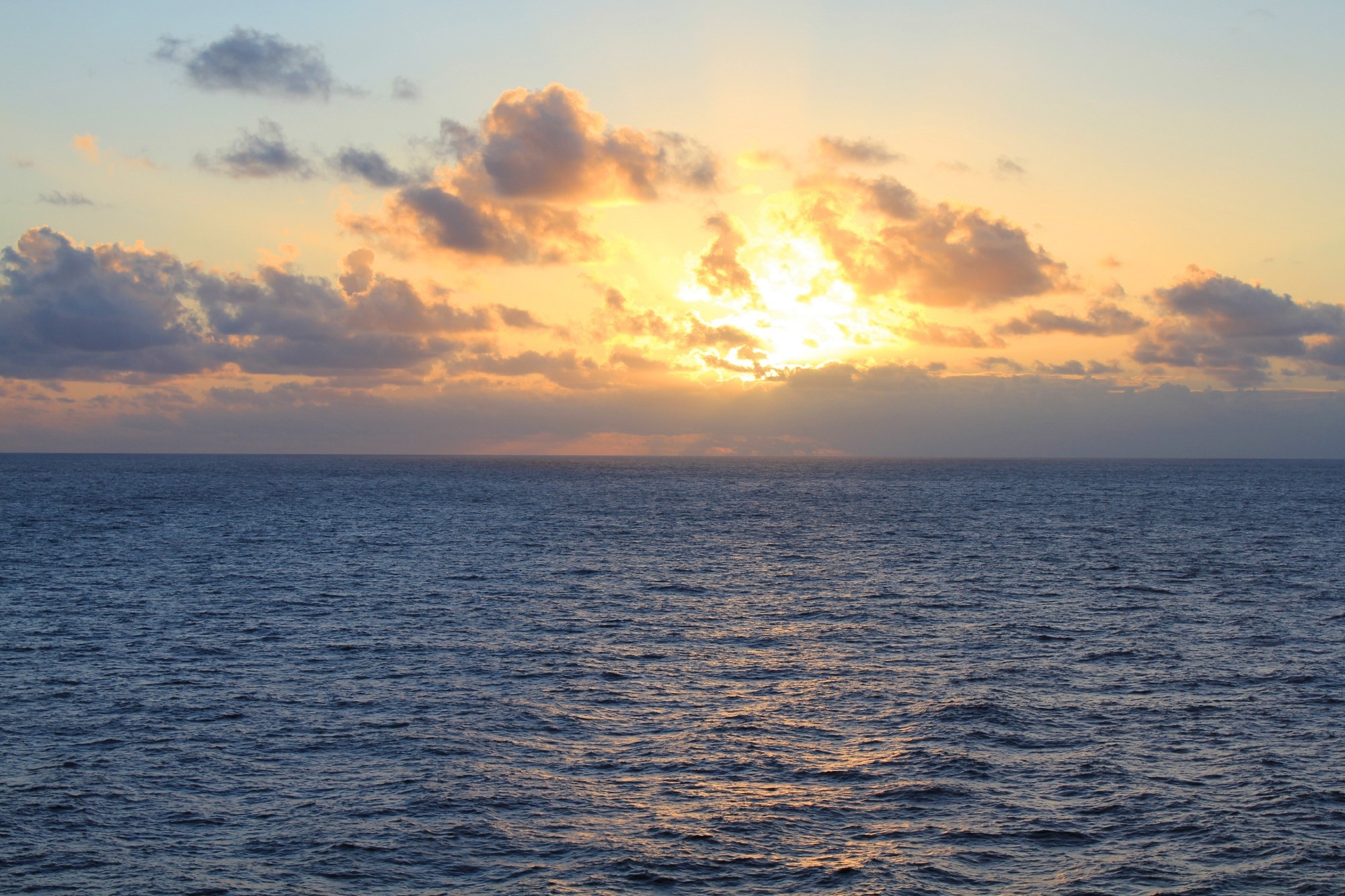Reviewed by Emily Henderson, B.Sc.Nov 3 2022
A new study performed has shown that chemical analysis of sediment cores from the North Pacific Ocean displays a persistent pairing of volcanic ash and hypoxia. It is a low ocean oxygen interval covering thousands of years, during times of quick climate warming at the end of the last ice age.

Image Credit: Studio Barcelona/Shutterstock.com
Comprehending the relationship between hypoxia, volcanic activity, and ice melt as a redue torming temperatures at the time of the last ice age, which ended nearly 18,000 years ago, increases significant questions regarding what might happen as the planet warms now.
“It is unknown right now whether volcanic eruptions will increase as the climate warms,” said the study’s lead author, Jianghui Du of ETH Zurich in Switzerland, who performed the research as a doctoral student at Oregon State University’s College of Earth, Ocean, and Atmospheric Sciences.
But we know that the remaining glaciers on volcanoes in the Pacific Ocean ring of fire are melting fast, and it will be important to include this ice loss in predictions of future eruptions, which would be risky for populated regions and could also make emerging hypoxic dead zones in the North Pacific worse.
Jianghui Du, Study Lead Author, ETH Zurich
The study was reported recently in the journal Nature. The outcomes of the study point to a systematic relationship between glacier retreat, volcanic activity, climate, biological productivity, and deoxygenation of the ocean, stated Alan Mix, an oceanographer and paleoclimatologist at Oregon State and a co-author of the study.
These surprising linkages between parts of the Earth we usually think of as separate highlight how interconnected the whole system really is. Solving environmental problems, such as those we face in the ongoing climate crisis, demands that wewe look with open minds at the system and not just at isolated parts.
Jianghui Du, Study Lead Author, ETH Zurich
The presence of a volcanic region in the Pacific Ocean is called the ring of fire in part because it is known as one of the world's most active tectonic regions.
The timing of volcanic events in connection to the retirement of the Cordilleran Ice Sheet, which once covered huge portions of western North America. Mix stated that this indicates the quick melting of ice covering volcanoes in the region caused increased volcanic activity.
Ice cover to volcanoes is like a cork in a champagne bottle. Remove the icy cork and boom, the eruptions begin.”
Jianghui Du, Study Lead Author, ETH Zurich
The research performed in the past displayed a few ash layers in sediment in the region. However, Du’s chemical study, utilizing deep-sea sediment cores from the Gulf of Alaska, disclosed more traces of ash that were not visible.
During the last ice age, Du cataloged and made a comparison of the volcanic eruptions coming from areas that were covered in ice against those areas that were not ice-covered.
Du stated, “We found a distinct pattern of many eruptions during warming and ice retreat in the areas where glaciers were present, and much less change in the frequency of eruptions outside the ice-covered zone, particularly in western North America. That provides strong evidence for the volcanic response to warming and ice retreat.”
Furthermore, the chemical fingerprints displayed a persistent pairing of hypoxic and volcanic events. The increased volcanic ash probably fueled ocean productivity, eventually producing low-oxygen conditions.
The study co-authors from Texas A&M University, Christina Belanger and Sharon, utilizing only one name, analyzed a species of seafloor organisms known as foraminifera and discovered that they carefully tracked the volcanic ash input from the Gulf of Alaska. These organisms flourish under highly productive waters and also have the potential to tolerate low oxygen conditions.
“Volcanic ash includes important trace nutrients for plankton, especially iron,” stated co-author Brian Haley, a Research Professor at Oregon State.
Haley continued, “When the ash hits the ocean, the plant plankton gobble up that iron and bloom. This fertilization effect underscores a practical application of our work. Some have proposed fertilizing the North Pacific with iron to capture excess carbon dioxide from the atmosphere.”
“We show that the real world has effectively run that experiment in the past with volcanic iron, and the fertilization effect works and exports carbon to the deep sea. That’s good news. But there are some dangerous consequences because when that excess organic matter decomposes as it falls to the ocean depths, it consumes oxygen and creates dead zones,” added Haley.
Journal Reference:
Du, J. et al. (2022) Volcanic trigger of ocean deoxygenation during Cordilleran ice sheet retreat. Nature. doi.org/10.1038/s41586-022-05267-y.